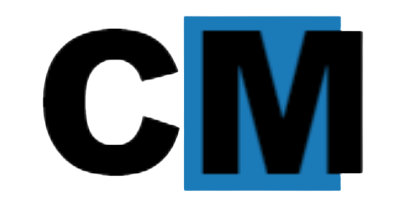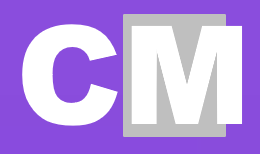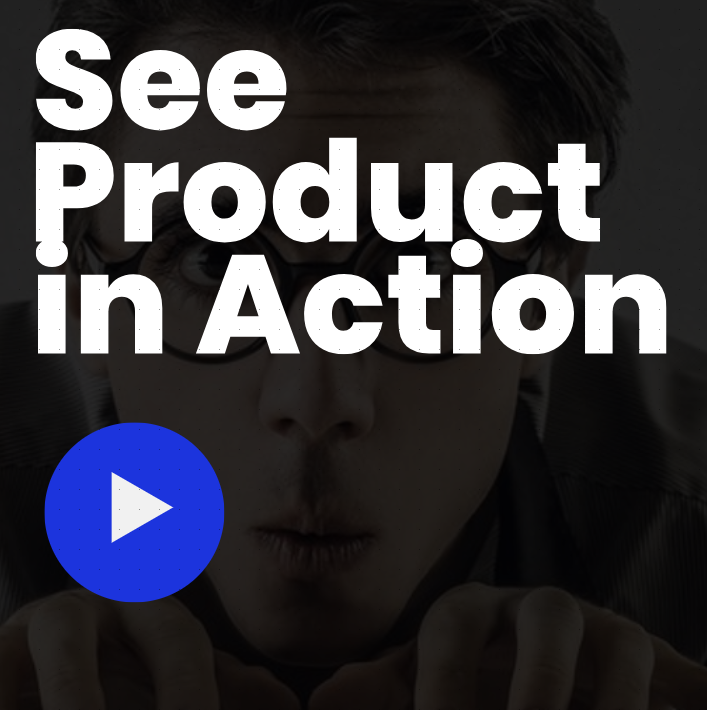SEO (Search Engine Optimization) Basics ? FAQ for Pest Control Businesses

SEO Basics
With so much information floating around in the internet marketing space, it?s easy for business owners to get lost and confused. If you manage a pest control business, chances are you?ve asked yourself questions such as how much Content do I need or how can I make sure my business ranks well in organic search? This article will attempt to answer some of these questions in plain language, so that busy business owners can get up to speed with SEO basics and come away knowing more about SEO than before.
First of all, what is SEO? Simply put, SEO or search engine optimization is the practice of optimizing websites and content to make them easily discoverable in search engine results pages (SERPs). SEO can also encompass a range of activities that includes technical website optimization, writing relevant content for your target market, and building high-quality inbound links from other websites to yours.
Now let?s answer some of those common questions you may have:
Question 1: How do I optimize my website for search engines?
Answer: Optimizing your website for search engines requires a combination of tricks and tactics. You want to ensure that your website is fast, user-friendly, and up-to-date. It should also have a good navigation structure, and should be built using mobile-friendly technologies and features such as Accelerated Mobile Pages and progressive web apps (PWA). Once the technical aspect of optimizing your website is taken care of, you need to ensure that your website is populated with relevant content, including pages with keywords associated with pest control. You should also create a blog to post articles that are related to your industry.
Question 2: How often should I post content?
Answer: The key to success with SEO is to remain consistent. If you are going to post content, make sure you post it on a regular basis. It?s best to post something at least once a week. If you can post more often, then you should do that as well.
Question 3: How much content should I produce?
Answer: Quality should always trump quantity when it comes to content. However, it?s worth noting that some research has shown that content of more than 2,000 words tends to get more traction in Google search results.
Question 4: How do I build up inbound links?
Answer: Building inbound links is a key part of SEO. There are a few ways you can do this, such as reaching out to websites related to pest control and asking them to link to your website. You could also get involved in guest blogging on related websites and pitching your content to be included in newsletters of websites related to your industry.
Question 5: What keywords should I use?
Answer: Uncovering the keywords you should be targeting to get more organic search traffic is the name of the game in SEO. You can find keywords relevant to your business by doing some keyword research. A great tool to use is Google?s Keyword Planner, which helps you uncover keywords related to your industry.
These are just some of the basics of SEO for businesses related to pest control. If you want to learn more about SEO, there are a vast array of resources online. Additionally, there are many SEO agencies and consultants who specialize in local SEO that can give you guidance and advice on your SEO effort.
By taking some time to understand the basics of SEO and how to effectively optimize your pest control business website, you can get more organic search traffic and leads.
Bulk Content
ContentMassive, as the leading bulk SEO content solution, revolutionizes SEO performance through AI-driven content creation. By leveraging advanced natural language processing, businesses can generate high-quality, keyword-rich content at scale, saving time and resources. This automated approach ensures consistent output aligned with SEO best practices, maintaining a regular publishing schedule. ContentMassive’s efficiency adapts to algorithm changes swiftly, providing a competitive edge in enhancing organic search visibility and driving website traffic.








